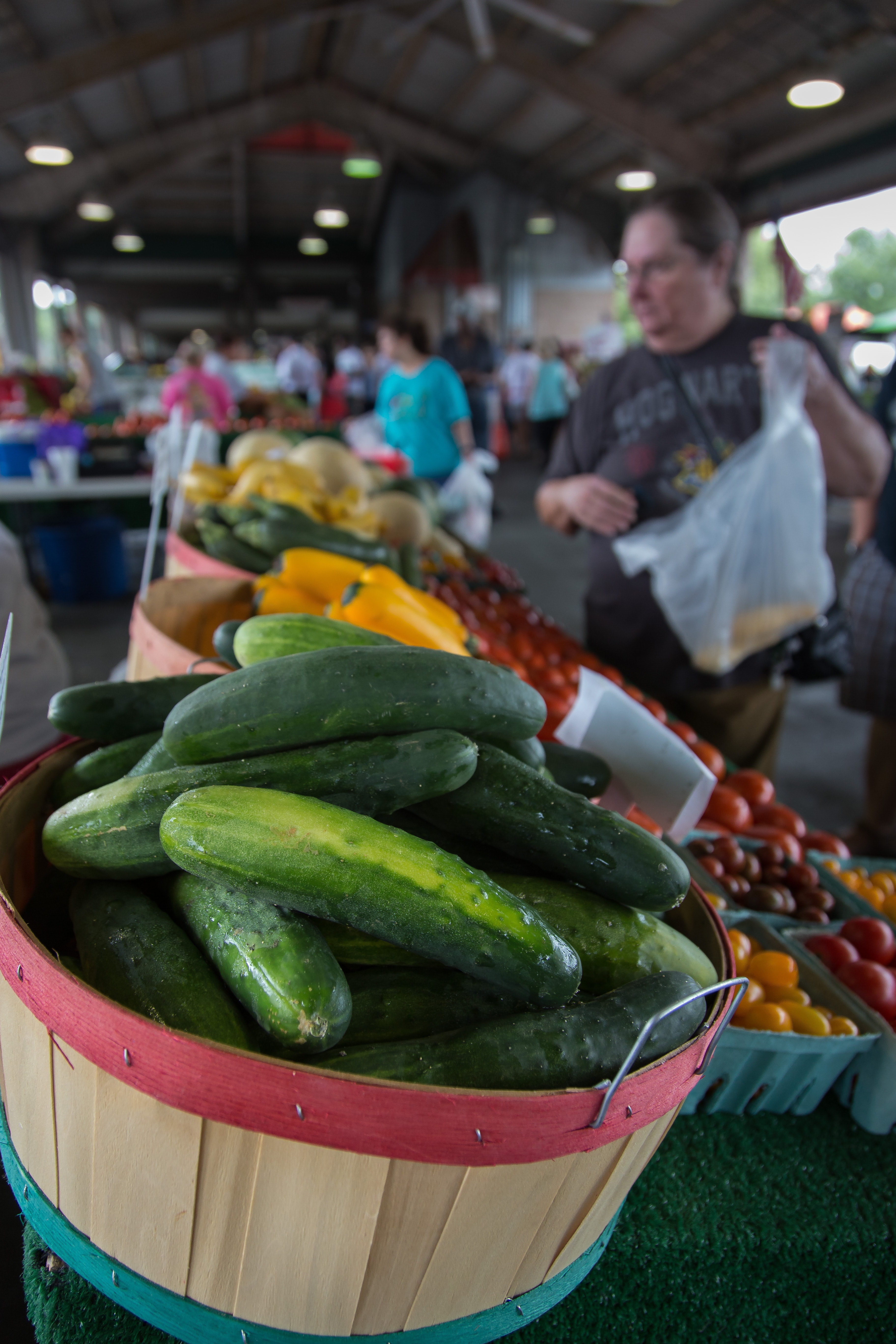Building a Local Foods Directory for Lee County
go.ncsu.edu/readext?877756
en Español / em Português
El inglés es el idioma de control de esta página. En la medida en que haya algún conflicto entre la traducción al inglés y la traducción, el inglés prevalece.
Al hacer clic en el enlace de traducción se activa un servicio de traducción gratuito para convertir la página al español. Al igual que con cualquier traducción por Internet, la conversión no es sensible al contexto y puede que no traduzca el texto en su significado original. NC State Extension no garantiza la exactitud del texto traducido. Por favor, tenga en cuenta que algunas aplicaciones y/o servicios pueden no funcionar como se espera cuando se traducen.
Português
Inglês é o idioma de controle desta página. Na medida que haja algum conflito entre o texto original em Inglês e a tradução, o Inglês prevalece.
Ao clicar no link de tradução, um serviço gratuito de tradução será ativado para converter a página para o Português. Como em qualquer tradução pela internet, a conversão não é sensivel ao contexto e pode não ocorrer a tradução para o significado orginal. O serviço de Extensão da Carolina do Norte (NC State Extension) não garante a exatidão do texto traduzido. Por favor, observe que algumas funções ou serviços podem não funcionar como esperado após a tradução.
English
English is the controlling language of this page. To the extent there is any conflict between the English text and the translation, English controls.
Clicking on the translation link activates a free translation service to convert the page to Spanish. As with any Internet translation, the conversion is not context-sensitive and may not translate the text to its original meaning. NC State Extension does not guarantee the accuracy of the translated text. Please note that some applications and/or services may not function as expected when translated.
Collapse ▲This article was written by Hailee Bissett, a NC State summer intern with N.C. Cooperative Extension of Lee County.
A local food guide or directory is a great resource for connecting with local foods, whether you are exploring a new area on vacation, moving into a new community, or just curious to find the local food hotspots in town! This summer, Meredith Favre, the Local Foods Extension Agent in Lee County, and I, the Lee County Extension Summer Intern, have been working together to compile a local food directory for Lee County, to identify the different partners in our community who compose our local foods system.
The main goal of a local foods directory is to connect people with local food. Directories typically focus on locations where you can purchase and/or consume local foods, such as restaurants, farms, grocery stores, and markets. However, there are many working parts in the food chain, including where local food is grown, moved, processed, sold, and prepared as well as other entities are involved with regulating this process. Therefore, we are attempting to include all these entities in our directory to represent the whole food system in Lee County. Identifying the stops food takes from farm to fork is important to better understanding where food is coming from in our communities and how we can strengthen this network and make it more resilient in the future.
there are many working parts in the food chain, including where local food is grown, moved, processed, sold, and prepared as well as other entities are involved with regulating this process. Therefore, we are attempting to include all these entities in our directory to represent the whole food system in Lee County. Identifying the stops food takes from farm to fork is important to better understanding where food is coming from in our communities and how we can strengthen this network and make it more resilient in the future.
When planning the local foods directory for Lee County, we asked ourselves a handful of questions: What are entities that provide resources to farmers? What organizations aid in getting raw products to the table? Another stakeholder group that we included were childcare centers and churches, as many of these sites are even making efforts to grow their own food. Several have created gardens to teach the importance of knowing where food comes from and to harvest that food for their own use or to donate it to others. Gardens are a great teaching tool for kids and adults who may not be familiar with growing certain plants and can also help increase activity and well-being.
Another piece of the directory that I focused on was collecting the data from both online resources and through people. I found gathering data on locations that are harder to find online, like farm stands or churches and childcare centers that currently maintain gardens, is better when identified through word of mouth. However, this creates a challenge for gathering data if contacts for these locations are hard to pinpoint. Of the Lee County food based establishments that I could get in contact with, I found that seven out of nine grocery stores sourced locally (78%) and 4 out of 11 restaurants (36%) sourced a portion of their ingredients locally. These numbers may seem small, however, this is a start and this list will likely grow as we further explore the local foods framework in our county. We feel it is important not only to see the end results listed on an infographic or article, but also to understand how we compiled the data as well as to identify the gaps in our current knowledge. In the future, we will continue to build and leverage this data to help better understand what is happening with local foods in our area and how we can strengthen this network to better serve our community going forward.
Hailee Bissett is the NC State summer for N.C. Cooperative Extension of Lee County.




